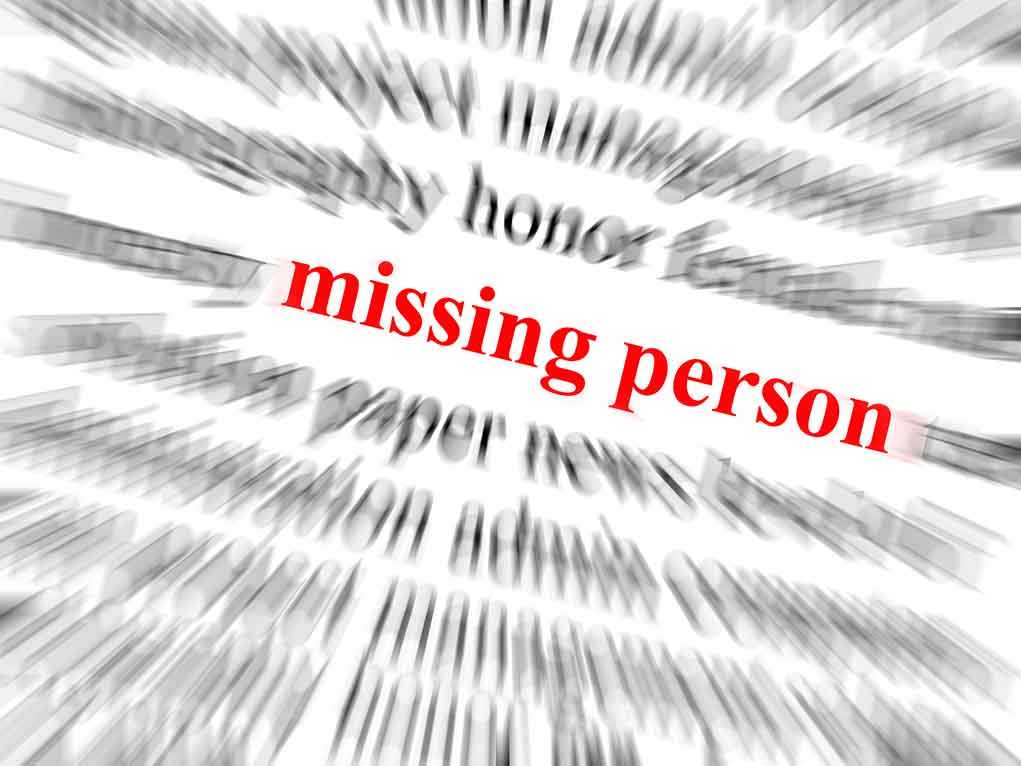
After years of chaos and neglect, the Trump administration has now tracked down 13,000 unaccompanied migrant children lost in the bureaucratic maze left by the Biden era—raising pressing questions about the failures that allowed this national disgrace to happen in the first place.
At a Glance
- 13,000 unaccompanied migrant children located after being unaccounted for during Biden administration
- Massive backlog of child welfare reports processed; over 4,000 leads into trafficking and abuse generated
- 422 sponsors arrested for crimes against minors as Trump team overhauls vetting and tracking
- Experts and advocates divided over enforcement tactics versus humanitarian outcomes
Trump Administration Finds 13,000 Migrant Children After Biden-Era Breakdown
The Trump administration has announced the recovery of 13,000 unaccompanied migrant children who vanished from the radar of federal agencies during the Biden presidency. According to the Department of Homeland Security, these children entered the U.S. without parents or guardians—most arriving during the unprecedented surge at the southern border between 2021 and 2025. Under previous protocols, these minors were supposed to be transferred to the Office of Refugee Resettlement and then released to vetted sponsors. But the Biden administration’s overloaded system and lax vetting standards left tens of thousands unaccounted for, with growing allegations of trafficking, abuse, and outright abandonment.
Between 2019 and 2023, a staggering 448,000 unaccompanied children were handed to federal care, but as border numbers exploded, oversight collapsed. By 2024, reports surfaced that more than 300,000 children could not be reliably tracked, sparking national outrage and demands for accountability. In March 2025, an internal HHS review uncovered a backlog of over 65,000 ignored or unresolved reports involving these minors—clear evidence, critics argue, of a system that prioritized political optics over actual child safety. Upon returning to office, President Trump directed the Department of Homeland Security and Health and Human Services to find and protect these children, resulting in the recent breakthrough.
Unprecedented Backlog, Criminal Sponsors, and a System in Crisis
Processing the mountain of neglected reports has unearthed a disturbing web of sponsor fraud, trafficking, and abuse. Since March 2025, more than 59,000 backlogged cases have been reviewed, producing over 4,000 new leads on criminal activity. At least 422 so-called “sponsors” have been arrested for crimes ranging from child abuse to trafficking—an indictment of the previous administration’s disastrous approach to vetting the adults entrusted with these children’s lives.
The Department of Homeland Security, under Secretary Kristi Noem, described the operation as “the largest human-trafficking rescue in modern history.” New safeguards have been deployed: advanced software for tracking, a federal triage center to sort urgent reports, and much tougher background checks for anyone seeking to sponsor a child. While the process is ongoing, officials say the reforms have already prevented additional abuses and exposed criminal networks that flourished under the old, broken system.
Divided Reactions: Security, Humanitarian Concerns, and the Political Fallout
Child welfare advocates and immigration experts are split. Some warn that aggressive enforcement and stricter sponsor standards could leave more children languishing in government custody, as fewer adults—especially those in immigrant communities—are willing or able to pass the new checks. Others insist these reforms are overdue and essential, pointing to the horrifying tally of missing children and the predators who exploited loopholes in the system. Legal scholars are debating whether policies meant for adults—like “flight risk” criteria—are appropriate for minors, while human rights groups stress the need to balance safety with humane treatment and due process.
The Trump administration frames the effort as proof of its commitment to both border security and child protection, casting the Biden era’s failures as a direct threat to American families and values. Critics, however, argue that the roots of this crisis run deeper than any one administration and that only a comprehensive overhaul—addressing both border security and the humanitarian needs of minors—will prevent future failures. Congressional oversight is intensifying, and further reforms to the vetting, tracking, and care of unaccompanied children are already in the pipeline.
What Comes Next: Political, Social, and Economic Ripples
The immediate rescue and safeguarding of these 13,000 children are just the beginning. Resources are now flowing to law enforcement, child welfare agencies, and legal proceedings—costs that taxpayers will shoulder for years. Nonprofits and advocacy groups face fresh demand for legal and social support, while technology firms are being tapped to modernize government data systems. The political divide over immigration policy has only deepened, with the Trump administration doubling down on enforcement and critics warning of overreach and humanitarian fallout.
Communities across the country are feeling the impact. Sponsors—many of whom are relatives—now face intense scrutiny, while immigrant families fear further crackdowns and deportations. The reforms may deter future waves of unaccompanied minors, but they also test America’s commitment to both the rule of law and compassion. One thing is clear: the era of bureaucratic neglect and “lost” children is over, replaced by a new order that promises accountability, but not without controversy and consequence.
Sources:
The Christian Post (2025-07-25): Trump admin. located over 13K unaccompanied migrant children
DHS official statement (2025-07-25): DHS leads efforts to rescue child victims of trafficking
National Immigration Forum (2025-03-11): Unaccompanied Alien Children – 2025 Update
Office of Refugee Resettlement (2025-07-14): Unaccompanied Children Released to Sponsors by State

















